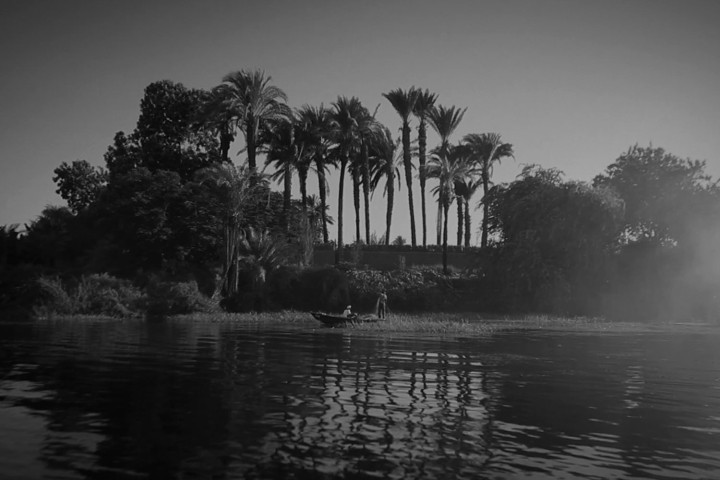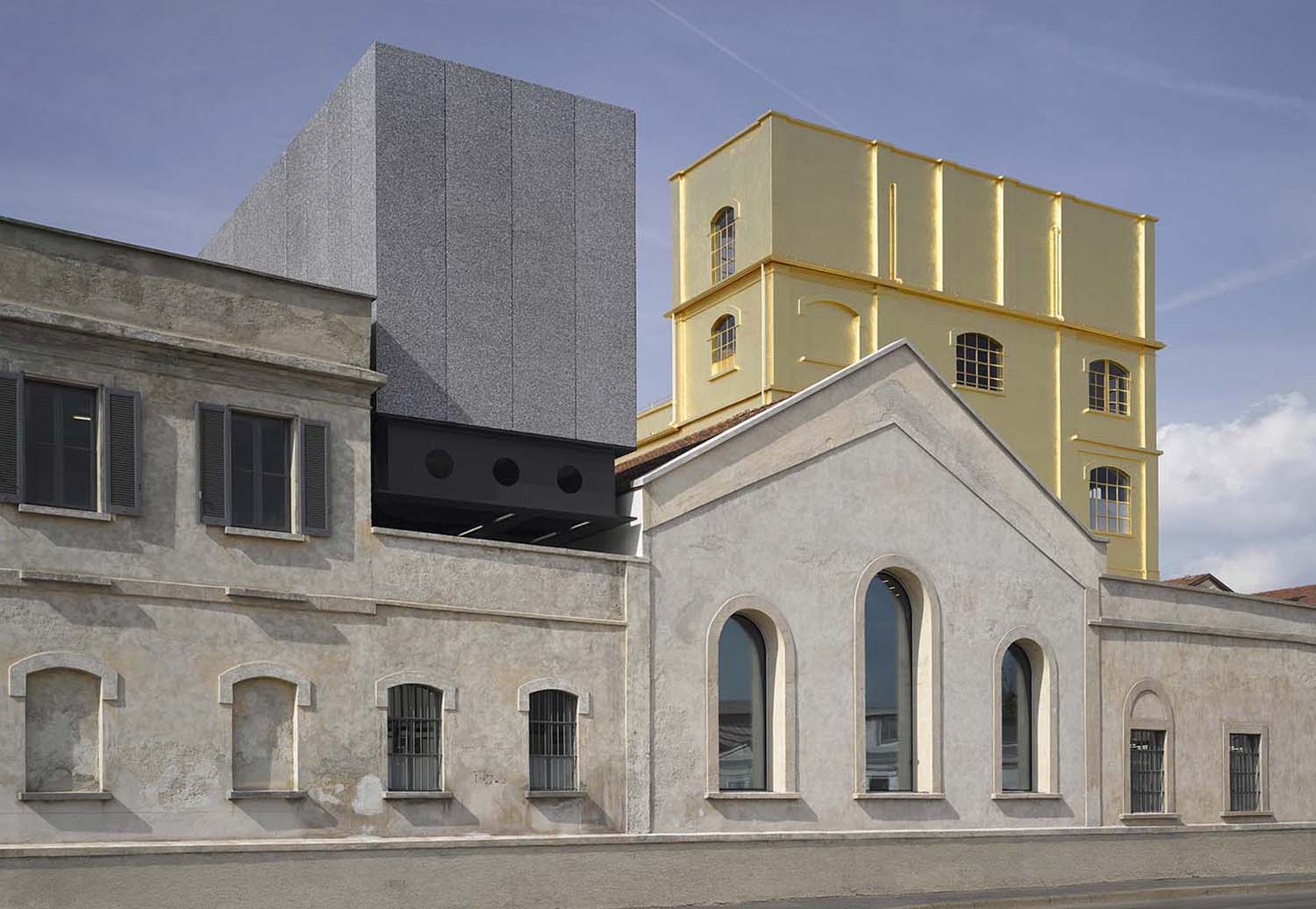Wael Shawky forges alliances between antitheses. His practice is an incessant amble between the poles of past and present, mythology and reality, written and oral history, light and dark, and life and death. Castello di Rivoli and Fondazione Merz have dedicated two exhibitions to Shawky.
The former presents Al Araba Al Madfuna (2012–16), a filmic trilogy about a mysterious Egyptian village where alchemy and mystic experience are still embedded in everyday life, while the latter retrospective is dominated by another trilogy of epic films, Cabaret Crusades (2010–15), in which marionettes enact the Crusades from an Arab perspective in a surreal and mythical mise-en-scène. Despite their differences, these exhibitions share certain leitmotifs. While Al Araba Al Madfuna moves back through time in a process of gradual archaeological revelation, the Rivoli exhibition follows the Crusades forward, critiquing our Western illusion of history’s progress. Both works take inspiration from modern writings in Arabic, the first from the text of Dayrut al-Sharif (1983) by the novelist Mohamed Mustagab, the second from The Crusades Through Arab Eyes (1984), a book by Amin Maalouf. Shawky animates the two stories through an exquisite anti-naturalism, conveyed at Merz by young actors in fake moustaches reenacting ancient parables and, at Rivoli, by puppets whose heightened yet immobile expressions magnify the remorseless brutality of their actions.
By invoking the childlike realm of puppetry, the artist creates a distance that renders human tragedy tolerable. His poetic formula addresses modern relations between Western and Islamic worlds without the art spilling over into political manifesto.
These two shows reflect Shawky’s attempts at checking historical narratives that seek cultural hegemony through supposed “authenticity.” By illuminating different perspectives and micro-narratives, he exposes our distorted and partial vision of history.



